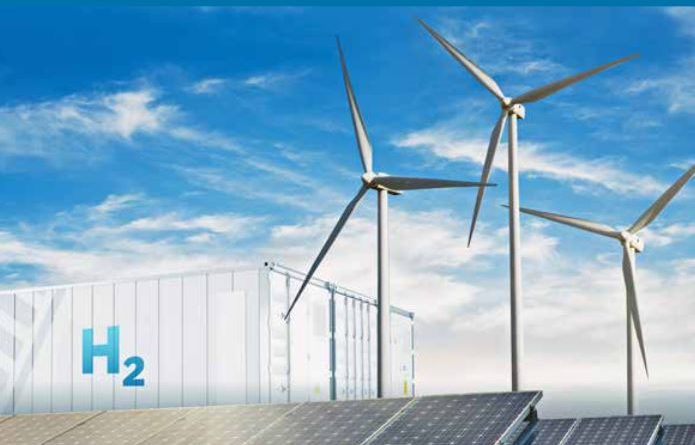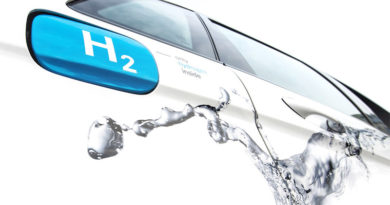
The scaling up of hydrogen, a European task
2021 marks the 30th anniversary of the launching of the first offshore wind park “Vindeby”. The wind park consisted of 11 turbines that altogether had a capacity of 5 MW. Today, one single offshore turbine can have a capacity of more than 8 MW. The world’s largest wind park in operation, the Hornsea 1, can power 1 million homes and as a next step, whole energy islands are under development.
Today, wind energy successfully brings us clean and affordable energy on a large scale. We are now laying the foundation for another vision. A vision where we will create not only green electrification in huge amounts, but also huge amounts of green fuels for heavy transportation, freight and industry. However, we do not have another 30 years this time.
The need to scale up green energy technologies is of utmost urgency if we are to reach our climate goals. Everything that we have achieved in the wind industry has to be achieved with in every sector simultaneously at a speed never seen before.
According to the International Energy Agency, 45 percent of carbon dioxide reductions in 2050 has to come from technologies that is not even commercialised on a smaller scale at this moment.
Clean hydrogen is a major pillar in this transformation. A known technology with little impact today, yet with a huge potential. So how can we overcome its main challenges and move forward?
Public-private partnerships are essential
Hydrogen has to be scaled up at an enormous speed. This will require investments from both public and private actors. Governments have to keep the risk of investments low, whereas private actors must find the most promising projects and invest heavily in them. The EU should be ready to support Member States and make sure that state aid rules effectively supports the needed subsidiaries to clean hydrogen. Partnerships across the value chain also have to be established. The real climate effect will not be reached until clean hydrogen is effectively utilised in transportation, freight and industry. No buyer, no producers, and vice versa. As such, governments hold an important role in stimulating the demand side as well.
Scaling up hydrogen takes a shared effort
In the 1980’s, Danish wind turbine fabricants used the Danish market as a laboratory while increased export required a rapid scaling up and fast accommodation to mass production. Scaling up of clean hydrogen requires both technological development and a large market to stimulate growth. The prospects of a huge European hydrogen market is therefore a necessity for local developers to strive for speedy innovation and increased production.
A shared market requires shared infrastructure. The revision of the trans-European energy networks (TEN-E) regulation is an important step to make sure that the EU actively supports clean hydrogen such as electrolysis powered by renewable energy like wind or solar.
The support of hydrogen storage facilities will be an essential part in order to take advantage of the enormous wind power resources in Europe and at the same time make Europe less energy dependent.
Hence, due to the commitment to become carbon neutral by 2050, we need a massive increase of storage capacity to guarantee the security of energy supply. At the same time, the storage perspective of hydrogen is a major driver in the business case as advanced storage is necessary to utilise excess wind power for the hours where production exceeds consumption.
Let us take the clean way from the beginning
The revision of the TEN-E also highlights another important issue: European funds should only be available for projects that are 100 percent carbon free.
We do not have the time for transitional experiments that keep fossil fuels artificially alive. The purpose is to decarbonise the sector, create a green economy and eventually eliminate carbon dioxide from our energy consumption.
Therefore, we must put all our effort into clean hydrogen products if we are serious about scaling up the technology.
Keep public support
Hydrogen could eventually bring cleaner air to our cities and a healthier planet when replacing oil and gasoline in heavy freight vehicles or ships. This will benefit us all. However, many local societies still do not applaud the necessary infrastructure projects. This is understandable: The prospect of having large construction sites and energy plants next door is not something that most people wish for. But most of their worries can be accommodated, for instance through early public participation, by enabling local communities to engage, to participate financially or to compensate nearby communities, while we ensure close cooperation between sectors. I believe that if we choose the right approach and explain our purposes, we can achieve the practical implementation of our hydrogen vision.




